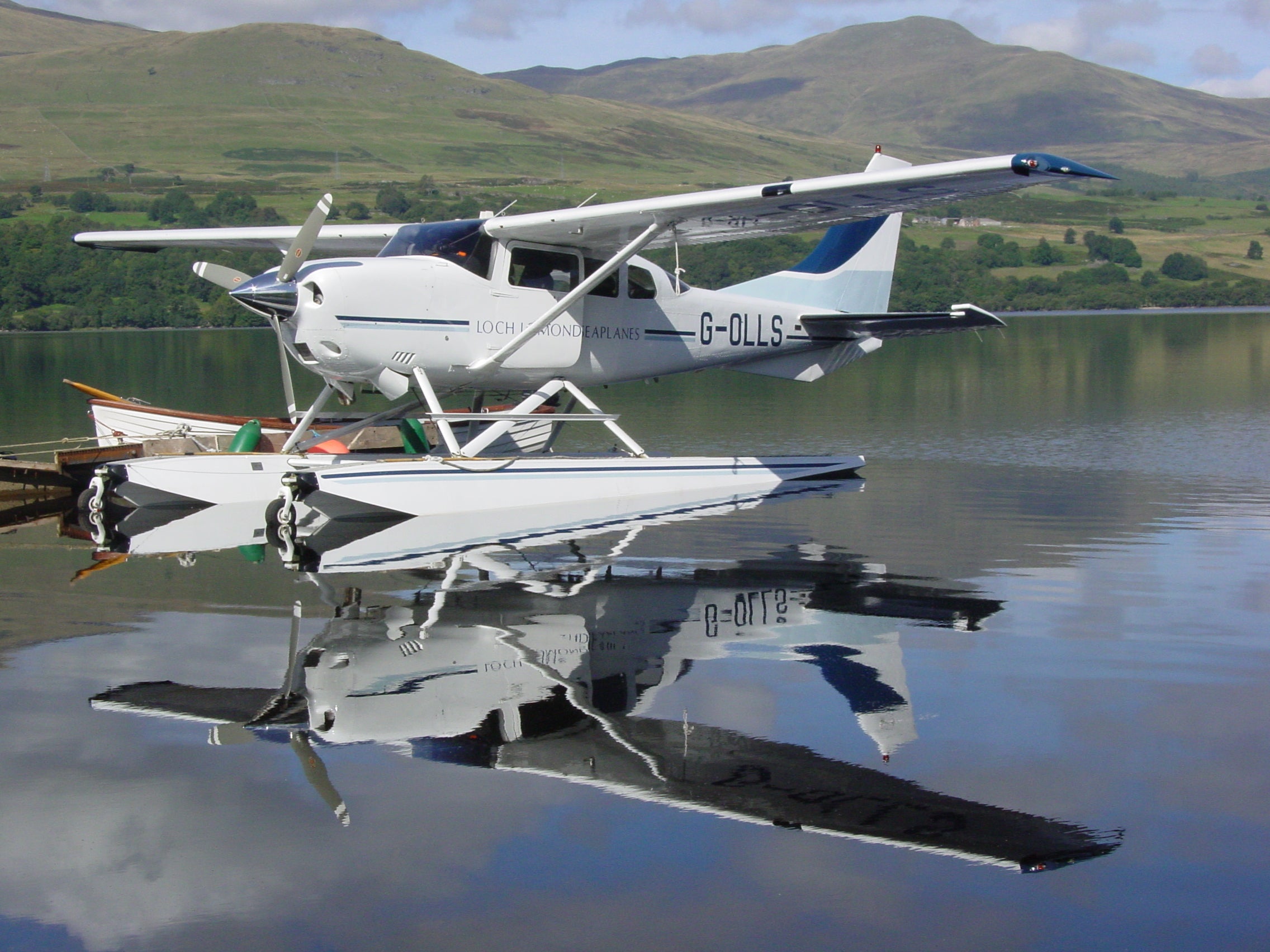If seaplanes are the answer, what is the question?
Plane Talk: Aquatic aircraft could be ideal prototypes for electric flight

If you possibly can, splash out on a seaplane flight.
Perhaps you have not had the immense pleasure of taking off from a lake, river or ocean harbour: suddenly unsticking from the surface and rising above the (usually urban) surroundings, flying low across the islands and the water. Watch the pilot’s eyes scanning the landing area for a suitable course between the humdrum water traffic. And as soon as the craft has tied up you can stride into town.
In the days when Air Canada’s regional operation had a standby airpass, I shuttled fairly frequently between Vancouver harbour and Victoria, the British Columbia capital on Vancouver Island. Today, Harbour Air flies the same route 10 times a day, with even same-day tickets available at C$125 (£72) for the 35-minute thrill ride.
If seaplanes – or floatplanes, as they are sometimes known – are the answer, what is the question?
Not usually “How can I have a memorable journey?” – more like “How quickly can I get from A to B?”
Flying a small Twin Otter between the centres of the province’s two biggest cities makes sense for time-poor travellers in western Canada – the bus/ferry/bus combination takes four hours.
Starting this week, the idea is extended to the two biggest cities in the US northeast: New York and Boston.
The 85-minute journey will be operated by Tailwind Air, which promises “the accessibility of the train with the speed of a flight”. It connects Manhattan’s New York Skyport at the foot of East 23rd Street with Boston Harbor – where the airline promises “a dedicated, seven-minute water taxi to the South Boston waterfront”.
Existing jet flights from New York’s La Guardia airport to Boston’s Logan airport are timetabled for around 75 minutes for the 184-mile journey, to take account of congestion on the ground. But even though the seaplane is much slower, passengers on Tailwind Air can save the most precious commodity by checking in as little as 10 minutes before departure.
This time and motion combination comes at a price: typical one-way fares are $595 (£429).
“By offering nonstop, weekday flights at peak hours to and from Manhattan and Boston Harbor, we present exclusive time savings over all other modes of transportation, at a reasonable price premium,” says Alan Ram, chief executive and founder of Tailwind Air.
The civilised way to travel between New York City and Boston is the Amtrak train, but the fastest journey is three hours, 40 minutes (same-day tickets typically $100/£72).
I predict Tailwind Air will acquire a small but loyal and well-heeled following. In time, if there is some sort of standby arrangement, I hope to try it myself.
Yet I remain profoundly envious of Lonely Planet co-founder, Tony Wheeler, who made a trip from Southampton to Karachi by Short Sandringham flying boat. He was just 19 months old at the time, so his recollections are sketchy – but the timetable makes clear how magnificent the journey was.
From Hampshire, the BOAC plane flew across France to Marseille – or more specifically to Marignane, a village just outside the city on a lake. Marseille-Province airport is still located there, but these days attends only to land planes. Passengers and pilots had a long old day, and stayed overnight.
Next stop: Augusta, in eastern Sicily, for lunch – followed by a Nile landing in Cairo. Another overnight, then a two-step trip from the Egyptian capital via Basra in Iraq to Bahrain – in the days when it was not on the “red list”. Finally, a full day covering over 1,000 miles to the Pakistani city.
Those days will never return – but the seaplane could have a bright future as a pioneer of electric aviation. Sustainable flying will begin with small planes hopping short distances – with Vancouver to Victoria, at just 47 miles, an excellent proving ground for battery technology.
I even have the right name for an electric carrier in a bilingual country: Voltaire.
Join our commenting forum
Join thought-provoking conversations, follow other Independent readers and see their replies
Comments
Bookmark popover
Removed from bookmarks